|
I'm not the type to jump on a bandwagon... usually. But if that bandwagon is driven by a hobbyist mathematician and loaded with nerdy quilters from Reddit, I could make an exception. I am pretty interested in tessellations, after all! So today I'll introduce the "hat" einstein tile, and try to figure out how to most efficiently piece it for quilting.
Fair warning, for those whose interest in einstein tiles is deep and mathematical... mine is not. I'm not a fan of math; I'm a fan of the aesthetics of math! Just as most as most of us can distinguish between fluency and awkwardness when we hear unknown languages, so most people differentiate between elegant and awkward design, without being able to explain the mathematical concepts. For example, given several different rectangles to choose from, most people instinctively like the Golden Rectangle best, even without measuring it. And most people are repelled by ugliness in design, without being able to tell you which mathematical law was broken! It is in this inchoate, instinctual way that I appreciate math. I see something beautiful and get excited, but I don't truly understand. I can't teach it because I don't "speak" that language. Today's post will be laden with links to people who understand this much better than I do. My goal is just to draw it myself, leaving the proofs to someone else!
4 Comments
As for pictures, if I'm not using my own work, I seek photos under free public licenses. In today's post, however, I use one photo without permission (because I have no idea how to get permission). But then I mangle it beyond recognition in the pursuit of design, so I'm not sure where copyright law falls on that one! Nevertheless, I still do my best to credit the originator and link back.
Now that I quilt, I see quilt patterns everywhere. Like in the pebble-mosaic walkways of the Lan Su Chinese Garden in Portland, Oregon! Incidentally, that garden is beautiful, but in the interest of isolating patterns for blogging, I took some very boring pictures of it when I visited on November 15th, this year.
If your pattern calls for "gabardine" fabric, what is it, exactly, that you need? When we talk about fabrics, we usually describe them by fiber, fabrication (weave, knit, felt?), and finish. We don't always use these in a predictable order, though. For example:
sueded silk charmeuse (FINISH/FIBER/WEAVE) wool flannel (FIBER/FINISH) cotton twill (FIBER/WEAVE) cotton/spandex jersey (FIBER/FIBER/KNIT) polyester crinkle chiffon (FIBER/FINISH/WEAVE) The term "gabardine" is a little slippery, though, since it can encompass both fiber and fabrication.
Today, I want to talk about ikat fabric, because I find it fascinating. Ikat (say "EEE-kat") is a yarn-dyed fabric where the yarns are selectively resist dyed before weaving, and the pattern emerges once woven. Some pictures in this post are from Wikimedia Commons (click to see their sourcepages). The ones that don't go to Wikimedia Commons are my own pictures.
When people go to a fabric store and ask for "raw silk", or tell you their wedding dress was made of "raw silk"... what do they mean? What is raw silk?
There is plenty of confusion about the topic, with common use of the term being very different from technical use in sericulture. I'll start with the technical definition, because it's most precise, then move on to the more popular conceptions and give you better terms for them, so you can find what you want at fabric stores or online!
|
Karen Roy
Quilting, dressmaking, and history plied with the needle... Sites I EnjoyThe Quilt Index Categories
All
Archives
March 2024
|
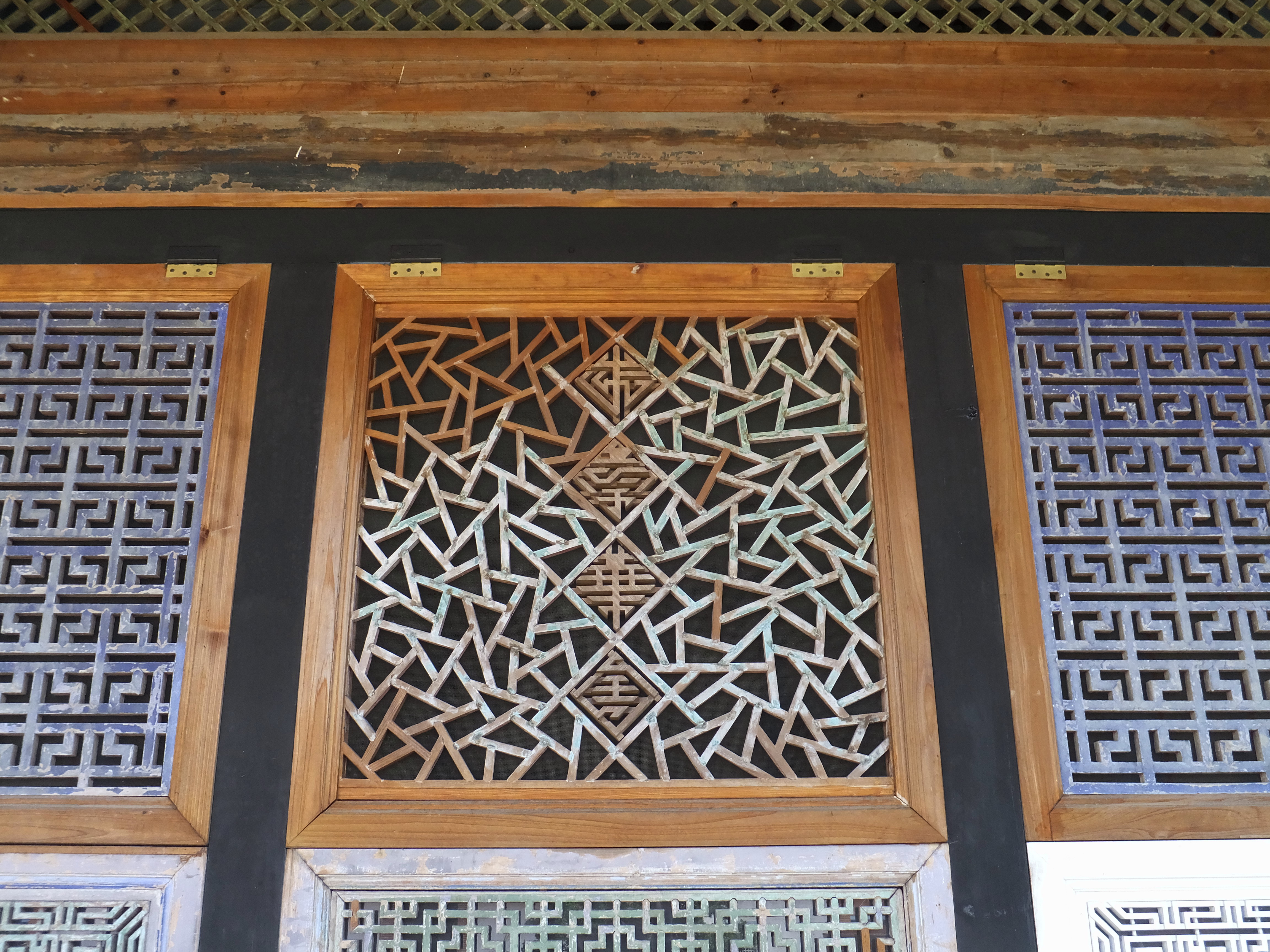

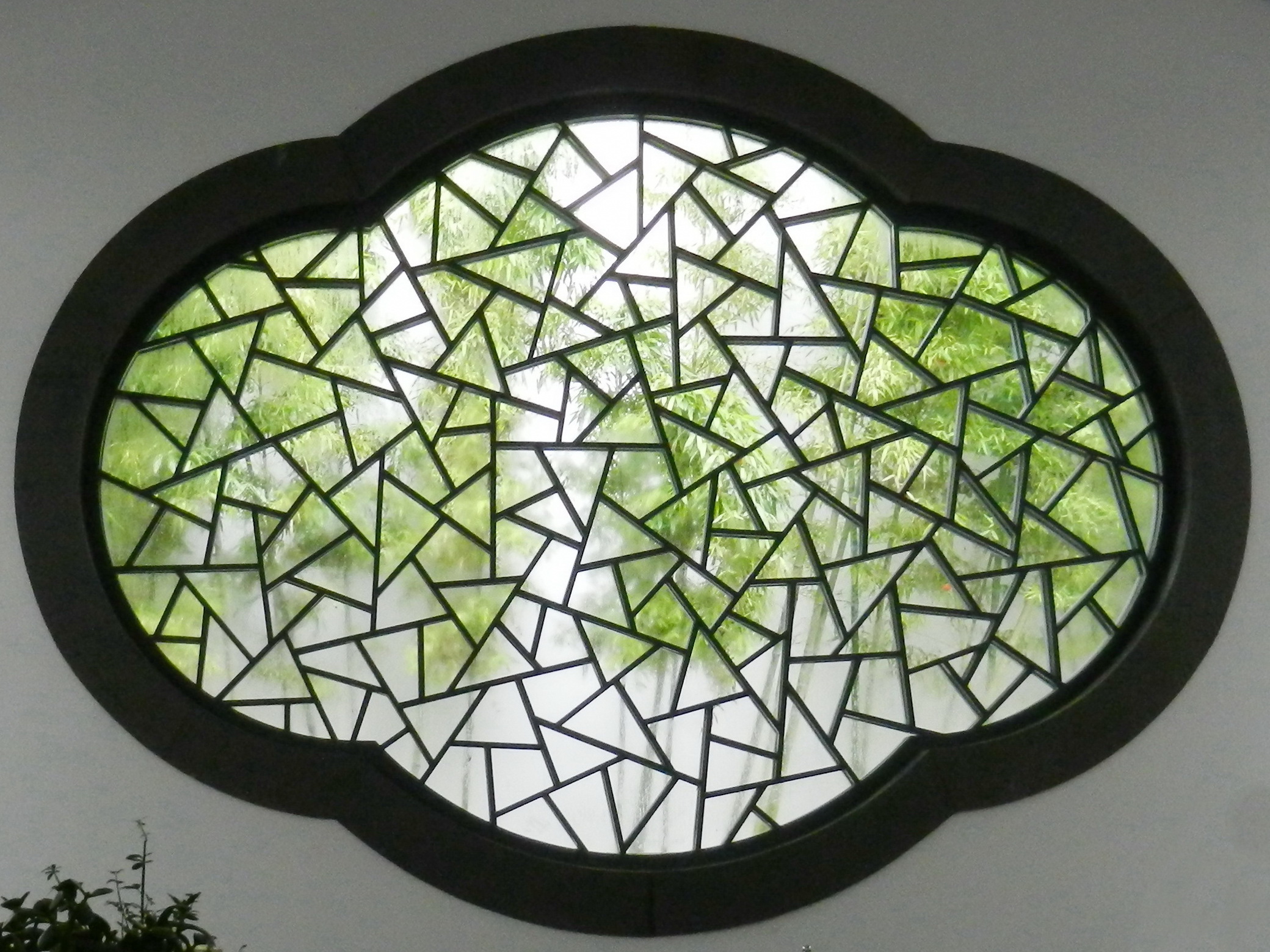
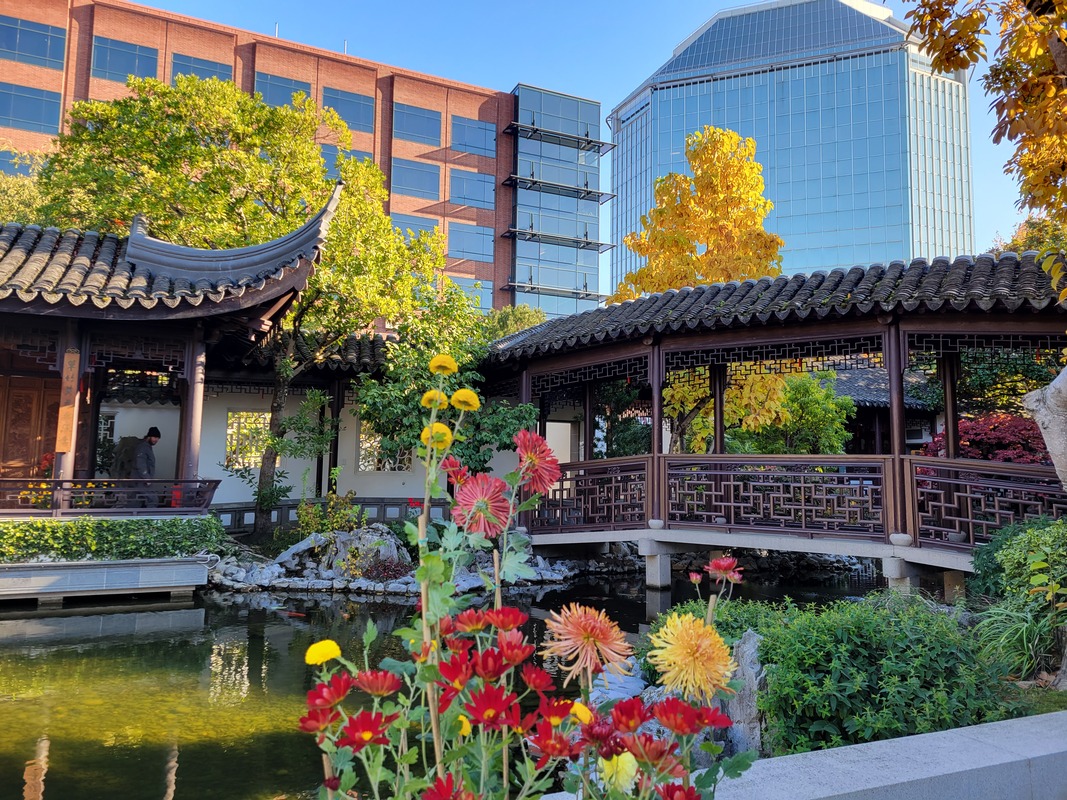
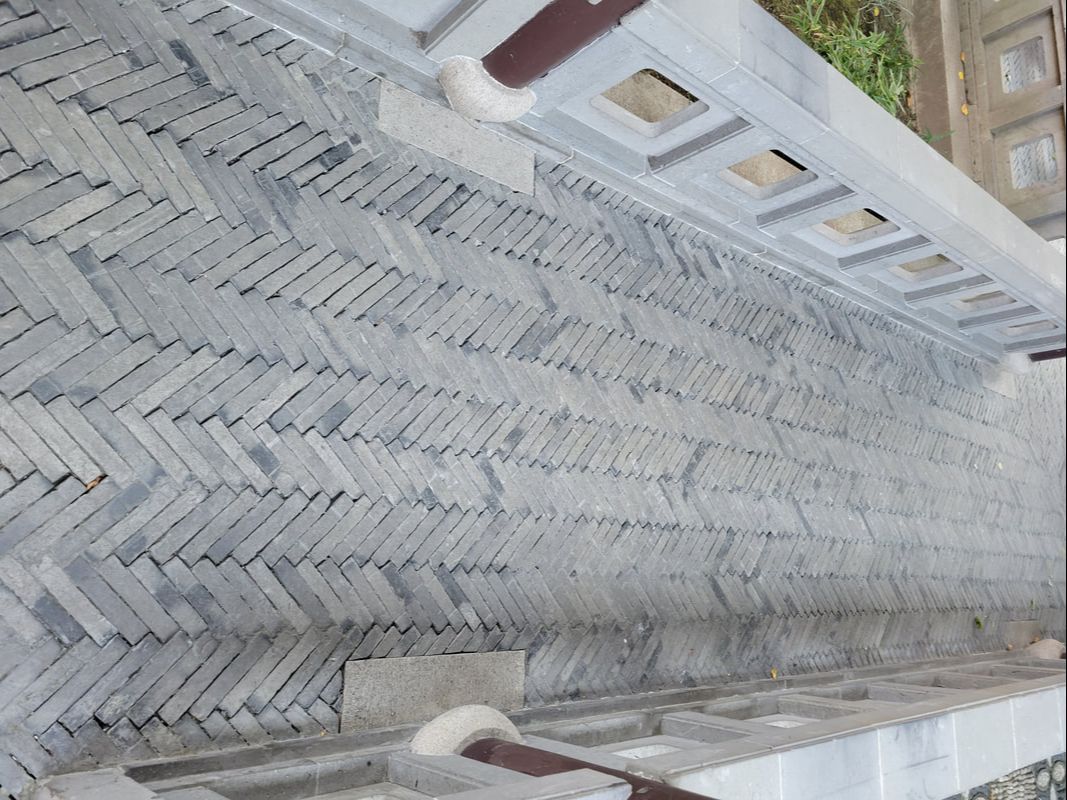
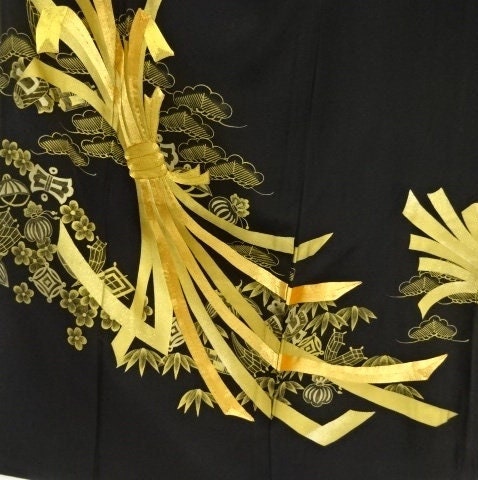
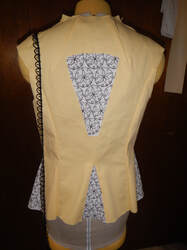
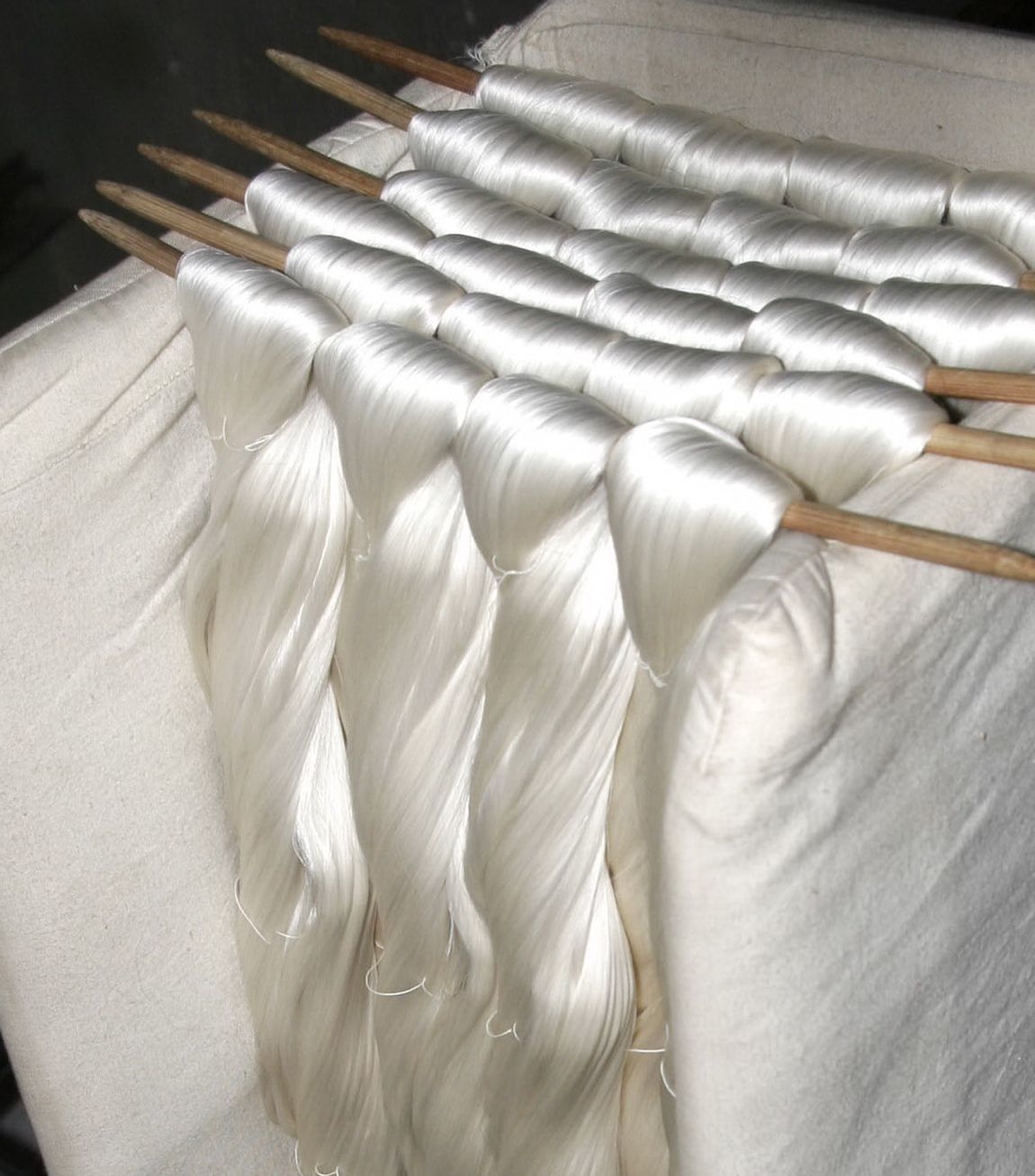
 RSS Feed
RSS Feed